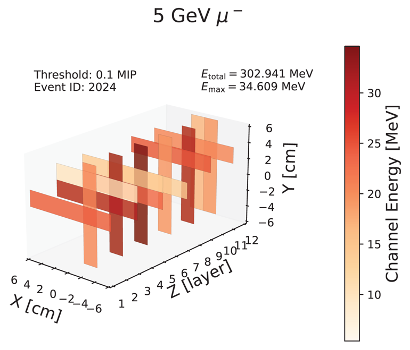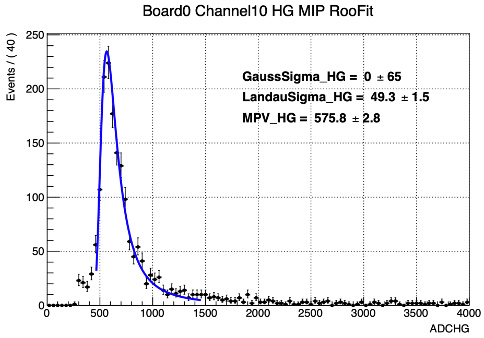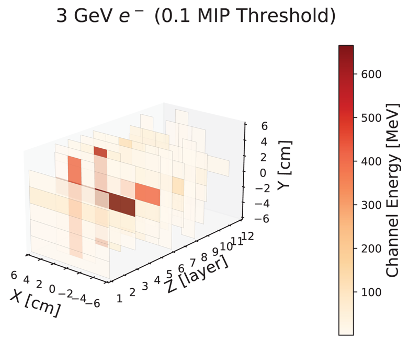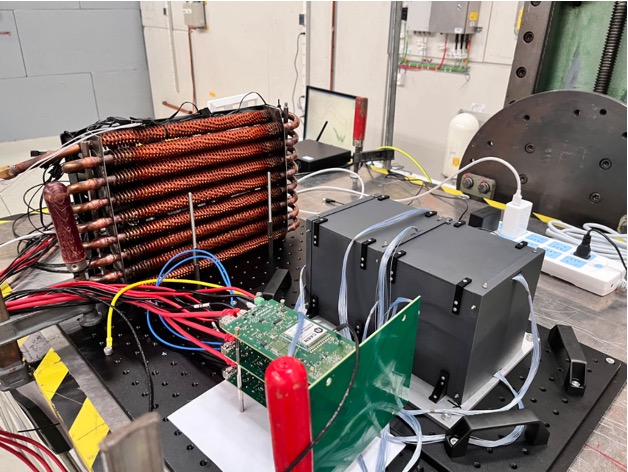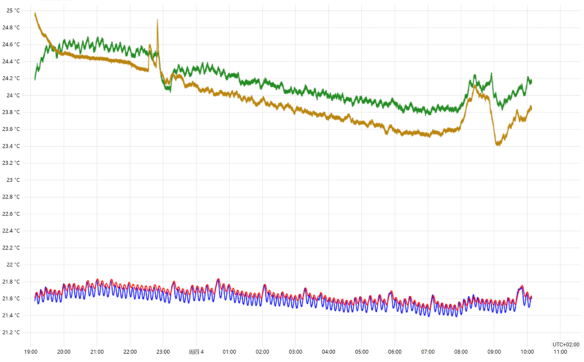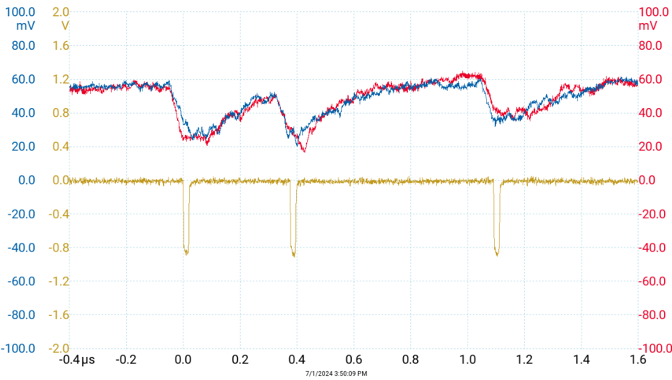PS/SPS User Meeting
Minutes of Meeting
The template for the minutes of meeting for the weekly PS & SPS users meeting can always be found using this link: https://codimd.web.cern.ch/0aHs5uqmSPuII76-SaaQdg
Please pre-fill them before the meeting with a summery of your activities!
PS-SPS Users Meeting for Week 27 held on July 4th, 2024
Physics Coordination schedule:
- July 8th onwards: E. Barbara Holzer
- Wednesday September 4th: User meeting exceptionally on zoom only for availability of the conference room (thursday September 5th is CERN holiday).
- Updated user schedule soon to be published.
News from the PS & SPS Physics Coordinator
E.B. Holzer, M.R. Jäkel
-
User Schedules v2.0.4 (for most of the lines until end of August) released: see User Webpage
-
Please get in contact, if you want to take one of the week still free before June - Tanja (tetiana.shulha@cern.ch) is collecting all requests.
-
2024 injector schedule released EDMS 2872566
2024 approved LHC schedule EDMS 2872429
Proton Run 2024
- AD/ELENA Physics Stop Monday 02.12.2024
- SPS NA Physics Stop protons Thursday 31.10.2024
- PS EA Physics Stop protons Wednesday 27.11.2024
Ion Run 2024
- SPS NA Physics Start 4.11.2024 (maybe earlier if set-up is fast) - Stop Pb ions Monday 2.12.2024 (6h)
- NA : Week 45-47 high energy
- NA : Week 48 low energy (no LHC running)
- PS EA Physics Start 6.11.2024 (tbd) - Stop Pb ions Monday 2.12.2024 (6h)
- CHIMERA: 13.11-2.12
Ion run Coordination Meeting : Tuesday 23.7 at 16h
Reminder: Beam time exceeding the limits of 2 weeks PS beam time and 1 week SPS beam time per year need the approval of one of these CERN committees: SPSC, LHCC, DRDC, INTC, RB or IEFC. Consider joining a DRD collaboration, if you require more beam time.
News from the Facilities Operations Meeting (FOM) (M. Jäkel)
- Exchange Magnet H2 beamline: 30.7-1.8.2024.
No Beam to North Area from Tuesday morning until (expected) Thursday afternoon/evening.
Upcoming SPS MDs next weeks :
- W28 No MDs (Postponed to W31)
- W29 Dedicated: 17/7 → extraction MD - NO access in BA80, BA81, and TCC8-ECN3
PS Machine Report (A. Lasheen)
- Excellent availability in W26 and start of W27 (97%)!
- Main fault is Linac4 overnight Wednesday/Thursday (4h downtime)
- Adjustments of the optics in transfer line to TOF to increase beam size on target with extracted bunch length of 44ns
- Reloaded optics from previous years (2022-2023), beam size remains a too small in H on target
- Little influence on the losses in ring and transfer
- Will require some further work
- Benefits for bunch rotation with double TOF/EAST to be checked at higher intensities
- EAST T8 set back to 80e10 ppp
- Drifts in radial position of the beam at top energy noticed on all beam. May impact transfer to SPS and efficiency of processes on flat top (e.g. MTE efficiency). Ongoing investigations.
SPS Machine Report (Stephane)
- Planning for the next week
- No MD during the rest of this week
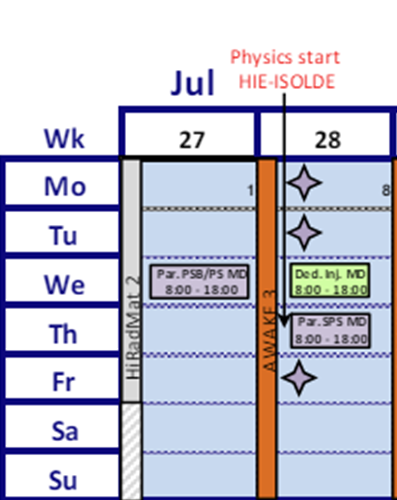
- No MD during the rest of this week

Overview of end last week
-
SFT working well
-
HRM tests, 08:00 - 13:00, in the end extended by a couple hours to finish first, prioritized part of pulse list relevant for next week’s run
-
Issues
- BLM front-end down: various experts called (best effort, 2.5 h)
- Transmission losses PS to SPS (TT10 losses), both on Sat and Sun: on Sun, removed TOF cycle -> better loss behaviour for 2nd inj. on SFT.
Status of this week
-
Solved completely the problem on SFTPRO now we recovery, the tansmission at ~99%
-
We completed the Hiradmat run with success full on Wednesday morning
- Good news for North area physics
-
Increased the intensity on T4 by 10 unit and changed the wobbling
-
Issues
- Beam stop for 1h30 intervention on MPS to solve issue with QF
- Issue on QF solved, now we have a spare for main quadrupole
- During the stop EPC asked alsaw to restart all FGC63 of the SPS complex
- RF cavity 6 broke 14 modules without clear explanation
- Injection kicker (~1h30)
- Linac stop, solenoide problem (~4h)
- Beam stop for 1h30 intervention on MPS to solve issue with QF
Safety (A. Schouten)
- If your experiment is using specific equipment such as a laser or a lifting table, please get in touch with us well in advance to arrange for the additional inspections. (laser inspections, load tests or HSE advice)
- PPE usage and working clothes: helmet, dosimeter, safety shoes, long trousers
- Reminder for ISIEC requests next week.
nToF (M.Bacak and P.M.Milazzo)
EAR2: after a fast intervention of TE-VSC a developing vacuum leak in the upstream beamline (hosting n-beam monitors) has been temporarily fixed. Measurement was stopped only for less than a day (on 27.06).
NEAR: an intervention of MIRION/Canberra technicians allowed to recover an HPGe detector.
EAR1: problems with a vacuum sensor that do not permit to open a shutter valve in the pipeline (from the evening of 03.07).
On 03.07 new test with a longer nominal bunch (44 ns) have been performed on dedicated pulses.
Data taking:
EAR1: Er(n, g)
EAR2: Mo(n, g) will end on Friday, then mounting of Diamond detector
NEAR: Activation measurements
East Area Beam Status (J. Bernhard)
On call number: 67500
General: The FGC server had to be rebooted for the east magnets which caused some short downtime in T09.
T09: Good operation.
T10: Good operation.
T11: No user.
East Area Users Tour de Table
T8 Main: IRRAD/CHARM (F. Ravotti / S. Fiore)
Good week. Cumulated 2.3E16 p/w and the TID required by the current users in the CHARM area despite the fact that we run with lower intensity per spill to accomodate our users’ needs.
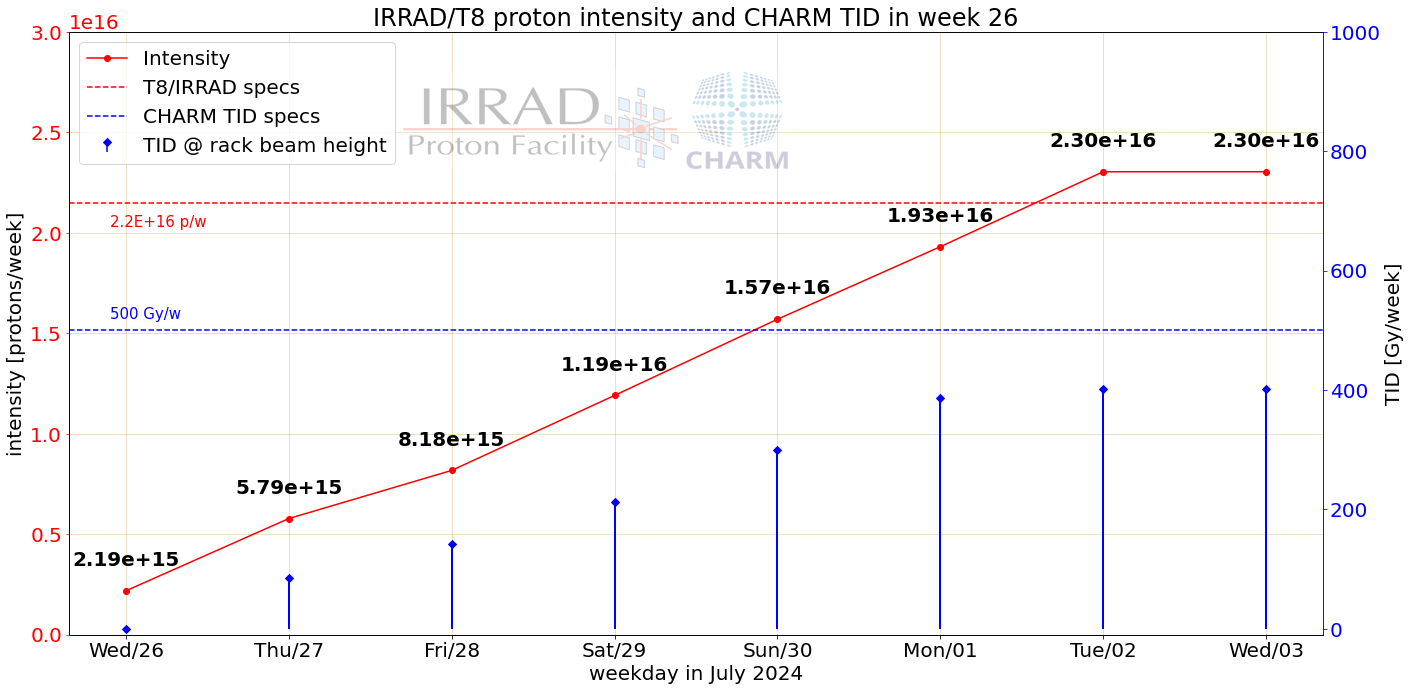
During these weeks the beam center tend to drift more often and with larger magnitude than at the beginning of the run. This is confirmed also by the statistics of this week (~85% of spills centered on both axis in w26, compared to more than 95% in average until w23). Moreover, also the “slow” intensity drift appeared again this week (see below).
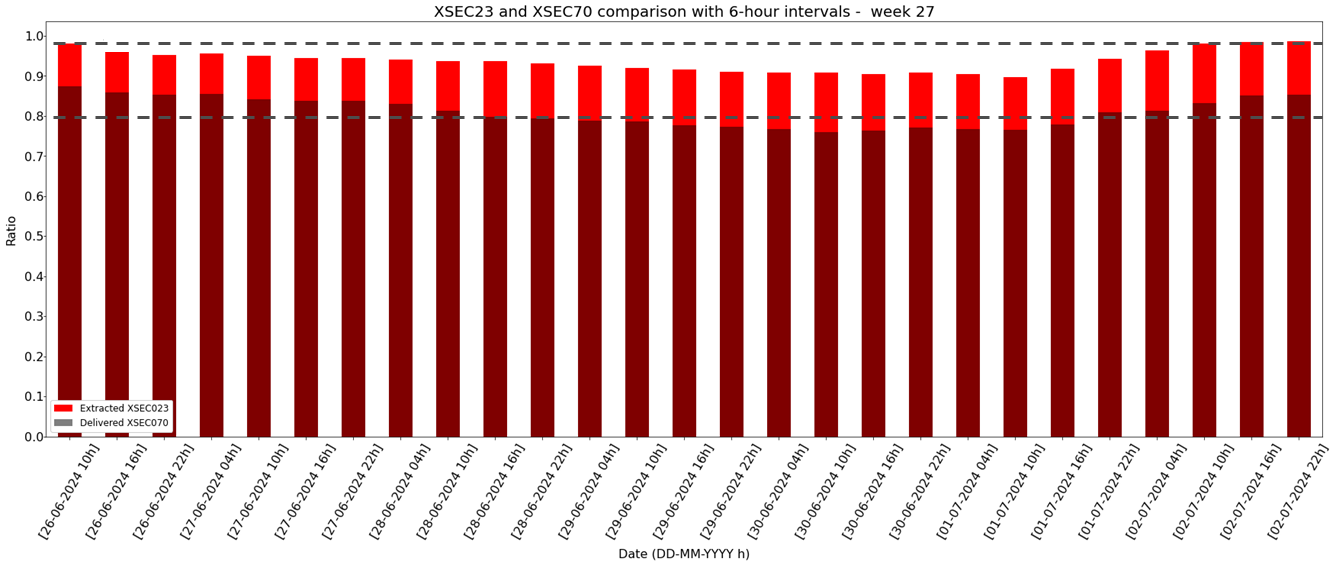
During the access on wednesday: (1) In CHARM we exchanged cards and components for BE-CEM and SY-EP. (2) In IRRAD we added samples for TE-MSC and new exepriment for CMS MDT while all other long-term experiments continue.
The joint ASN/OFSP offical visit in IRRAD and CHARM went well. We continue until next Wednesday
T9 Main: CALICE/DRD6 (Yong Liu)
-
Now also part of DRD6-WP3 activies (HGCCAL)
-
First week: smooth data taking with crystal prototype and single bars
-
Muons at 5 GeV and 10 GeV: MIP calibrations
-
Electrons 1 – 5 GeV: energy scans
-
Active cooling system installed and in operation: very stable in temperature control (+/- 0.1 degrees)
-
Timing resolution with crystal-SiPM
-
-
Planning for the 2nd week
- Will focus on the other front-end electronics ASIC for the crystal prototype
- Tests on crystal-SiPM timing
T9 Incoming Main: MPGDCAL (Week 28)(Luigi Longo, Anna Stamerra, Antonello Pellecchia)
-
R&D on the development of a Hadronic Calorimeter based on Micro Pattern Gaseous Detectors [DRD1-WP5/DRD6-WP1]
-
Technologies under study: µRWELL and MicroMegas (MM)
-
First test beam performed at T10 during 2023, with nice results but margins of improvements exist
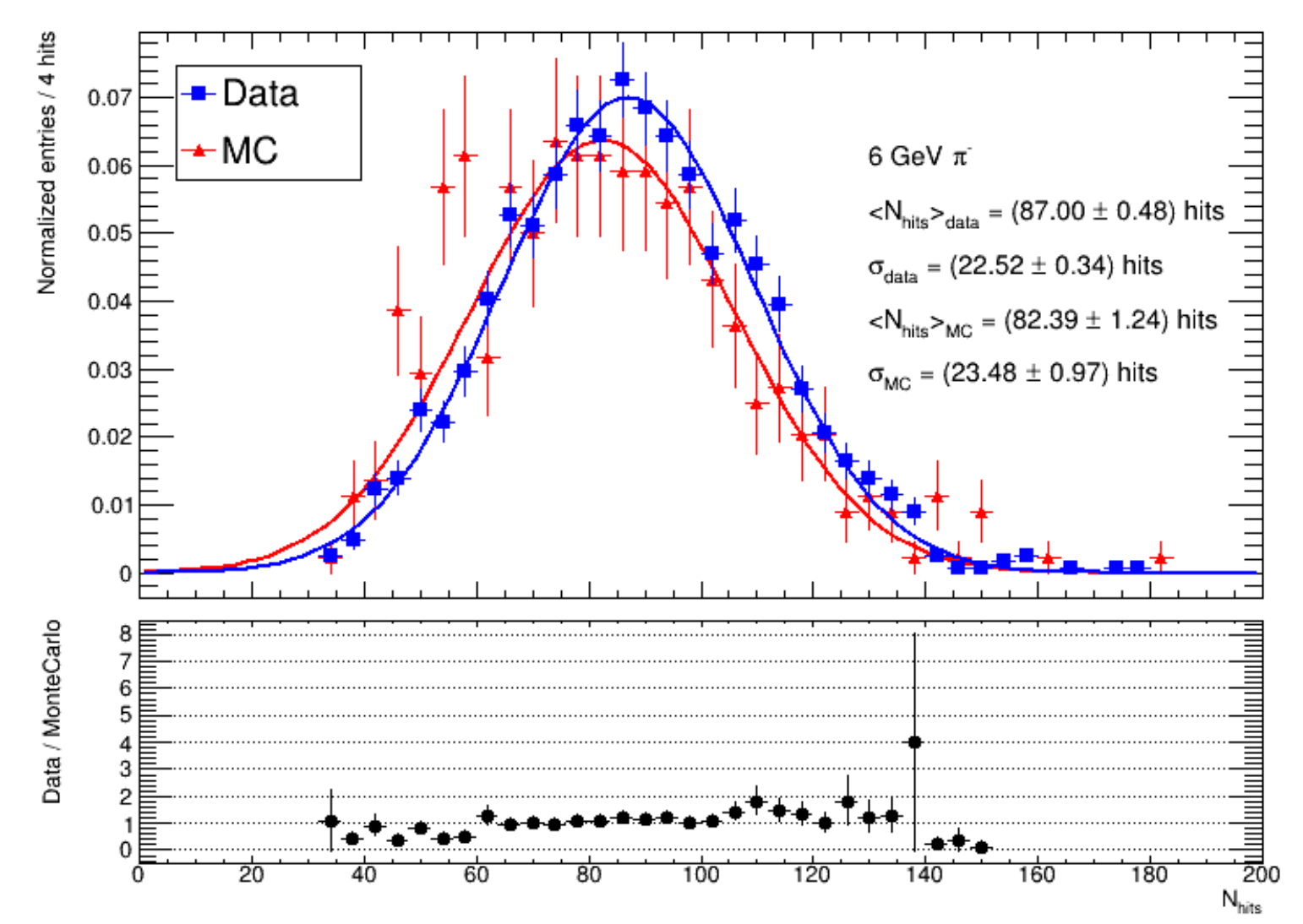
-
Setup:
- tracker, made of 2 10x10 cm2 Tmm-MicroMegas chambers and a 10x10cm2 double-readout GEM
- calorimeter prototype, made of 8 20x20cm2 pad chambers (3 MM, 5µRWELL) plus iron absorbers
- Rhum detecotors, 50x50cm2 pad Micromegas chambers
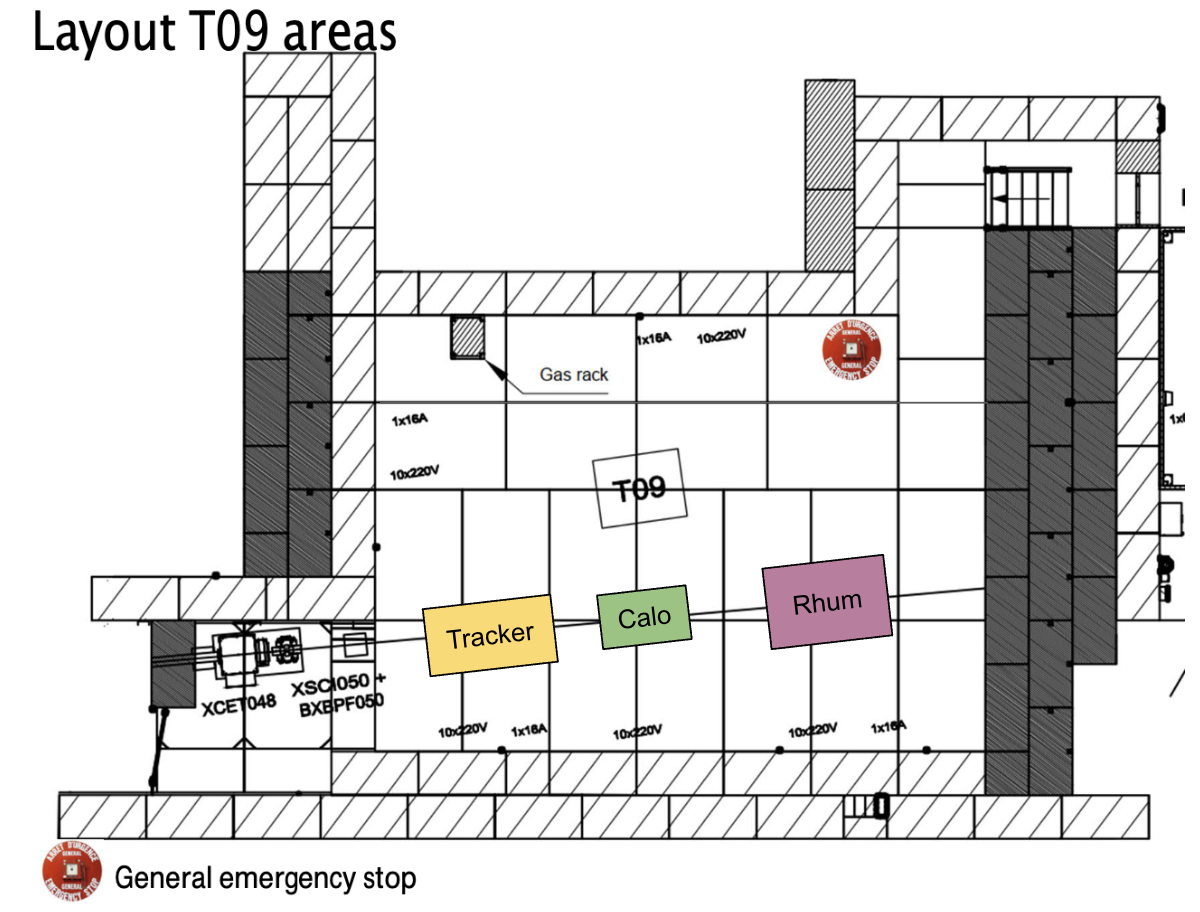
-
Installation
- asked for a Desy table for the calorimeter prototype and a movable table for the tracker (thanks Eva, Michael and Aboubakr for the help)
- gas request already in place (link): installation gas bottles foreseen on July 10th (thanks David)
- foreseen 2 handling requests: one in the morning of July 10th, while the second one in the afternoon (thanks to Julien); tracker and calo should will arrive only in the afternoon, while rhum will be already in bld 157 since July 9th.
-
ISIEC already done (link):
- safety visit scheduled for July 11th at 4pm (thanks Evelyne)
-
Measurement needs (started discussing with Dipanwita):
- high purity, collimated, monochromatic pions beam at different energies: from 3 to 15 GeV in step of 2 GeV (maybe 1 GeV if the beam is higly monochromatic)
- low intensity beam (10^3) with the possibility to increase later
- Cherenkov for vetoing not pion particles
-
Goals:
- last year the calo dectors were operated with a non optimal gain and the electronics saturated → operate with new optimize HV working points
- Rhum: multiple tracks identification
T10 Main: ALICE TIMING (Sofia Strazzi)
- Main goals: test of different type of sensors (CMOS LGAD, SiPMs with different resins optimized for timing, single/double LGAD) connected to a new front-end + readout chain (LIROC + pTDC).
- Whole setup was installed last week
- Taking data with an hadron beam of 10 GeV.
- Maybe 1 GeV hadrom beam one day next week.
T10 Incoming Main: IDEA CC (Week 28) (Nicola De Filippis, Margherita Primavera)
The team will mount the equipment on July 10. The setup included 20 drift tubes arranged in a 10x10cm2 box.
The tubes will work with a mixture of Helium and Isobuthane. The team will run for two weeks with muons at different
momentum in a range between 2 and 12 GeV in order to measure the performance of the cluster counting. We hope that the beam will be stable enough and reasonable intensity.
North Area Beam Status (J. Bernhard)
On call number: 67500
General: Webpage for current MDs and access planning for the experimental areas available now under https://be-dep-ea.web.cern.ch/content/md-planning-north-area
Current intensity sharing, from Wednesday, 03.07.24, with a 180 mm target head on T4 and the -300 GeV/c wobbling for H8, -120 GeV/c for H6:
| T2 | T4 | T10 | T6 |
|---|---|---|---|
| 30 | 53 | 21 | 30 |
Proposed intensities from Wednesday, 10.07.24, with a 500 mm target head on T4 and the -300 GeV/c wobbling for H8, -120 GeV/c for H6:
| T2 | T4 | T10 | T6 |
|---|---|---|---|
| 30 | 20 | <1 | 30 |
Proposed intensities from Wednesday, 17.07.24, with a 100 mm target head on T4 and the standard +180 GeV/c wobbling for H8, +120 GeV/c for H6:
| T2 | T4 | T10 | T6 |
|---|---|---|---|
| 30 | 42 | 21 | 30 |
H2: Smooth operation (still limited to 150 GeV/c maximum momentum). Intervention for magnet exchange planned for 30.07.24 to 01.08.24.
H4: Smooth operation.
H6: Good operation last week and changeover to e± configuration for 4 weeks. CEDAR and several profile monitors removed to reduce material in the beam and increase the available rate. Beams checked yesterday with POKER.
H8: Good operation.
M2: Good operation.
P42/K12: Smooth operation. Change of T4 wobbling yesterday for H6/H8 users. Slight realignment onto T10. We tested a low intensity beam configuration for NA62 that is requested from next week Wednesday for one week. This would require changing the T4 target head to 500 mm and reducing the T4 intensity to about 20 units. As a side effect, it will give the possibility of better quality eletron beams in H8 and H6.
HiRadMat
BLM and SMAUG completed successfully in a very short time.
Incoming: AWAKE (Week 28)
North Area Users Tour de Table
P42-K12:
Main: NA62 (Michal Zamkovsky)
Thanks to the operators for a good beam quality.
We plan to have a low intensity run starting on Wednesday for one week.
M2:
Main: AMBER (Thomas Poschl)
- Target switch on Sunday: liquid Hydrogen -> liquid Deuterium
- stabilizing of new target took bit longer then expected due to needed actions that required change of our heating power (safety relevant; feedback from safety was needed)
- First data with Deuterium target on Tuesday
- Now, data taking with 160 GeV/c (4.3/10k spills)
- After, data taking with 80 GeV/c (15k spills needed)
- Without any unforseen delays, we should be able to collect the missing data til 17.07 but will be very tight (already cut 250 GeV/c Deuterium measurement, required data-set sizes must match datasets with Hydrogen) (see Figure)

- To succeed with our physics measurement, we decided to reschedule the high-intensiy Drell-Yann test (scheduled from 13.07-17.07) to our beam time in October (start on 7.10). Exact days for the test under discussion with all involved groups (BE,RP, MuonE…)
- Spectrometer status good. Some issues with cooling of RICH. Currently investigating an additional mini chiller for the water reservoir of RICH. If you have such a solution please drop me a mail (thomas.poeschl@cern.ch)
H2:
Outgoing Main: LHCB ECAL (L. Martinazzoli)
Overall successful testbeam campaign!
- Several calorimeter prototypes characterised, including SpaCal with W and Pb absorbers and Shashliks
- Extensive campaigns with electrons and pions for e/pi discrimination
- Core part of the program concluded
- Remaining measurements to be done in September… plus more driven by the results we will see.
- Only one issue since last meeting: Monday night / Tuesday morning a magnet failed on the line (probably issue with the ventilation). Solved in 1h30.
- Thanks to the Beam experts for the support
Main: NA61 SHINE (Bartosz Maksiak, Piotr Podlaski)
- We got the access to the area yesterday morning
- Vertex Magnet recommissioning was successful (many thanks to all involved - SY-EPC, TI-CRG, DT-DI, etc.)
- We started preparation for the run (still ongoing)
- Minor issues with DWCs, solved by BE-BI
- Safety inspection this morning (Alex)
- Geometer survey partially done, to be continued today
- We hope starting with the beam today. If all goes according to plan, we will start taking physics data during weekend
- Feedback on spill structure will come if necessary
H4:
Main: DRD1 (Yorgos Tsipolitis)
All setups are working and take data. The last setup (FCC-muon) was installed yesterday and is ready to take data
This is how the area looks like: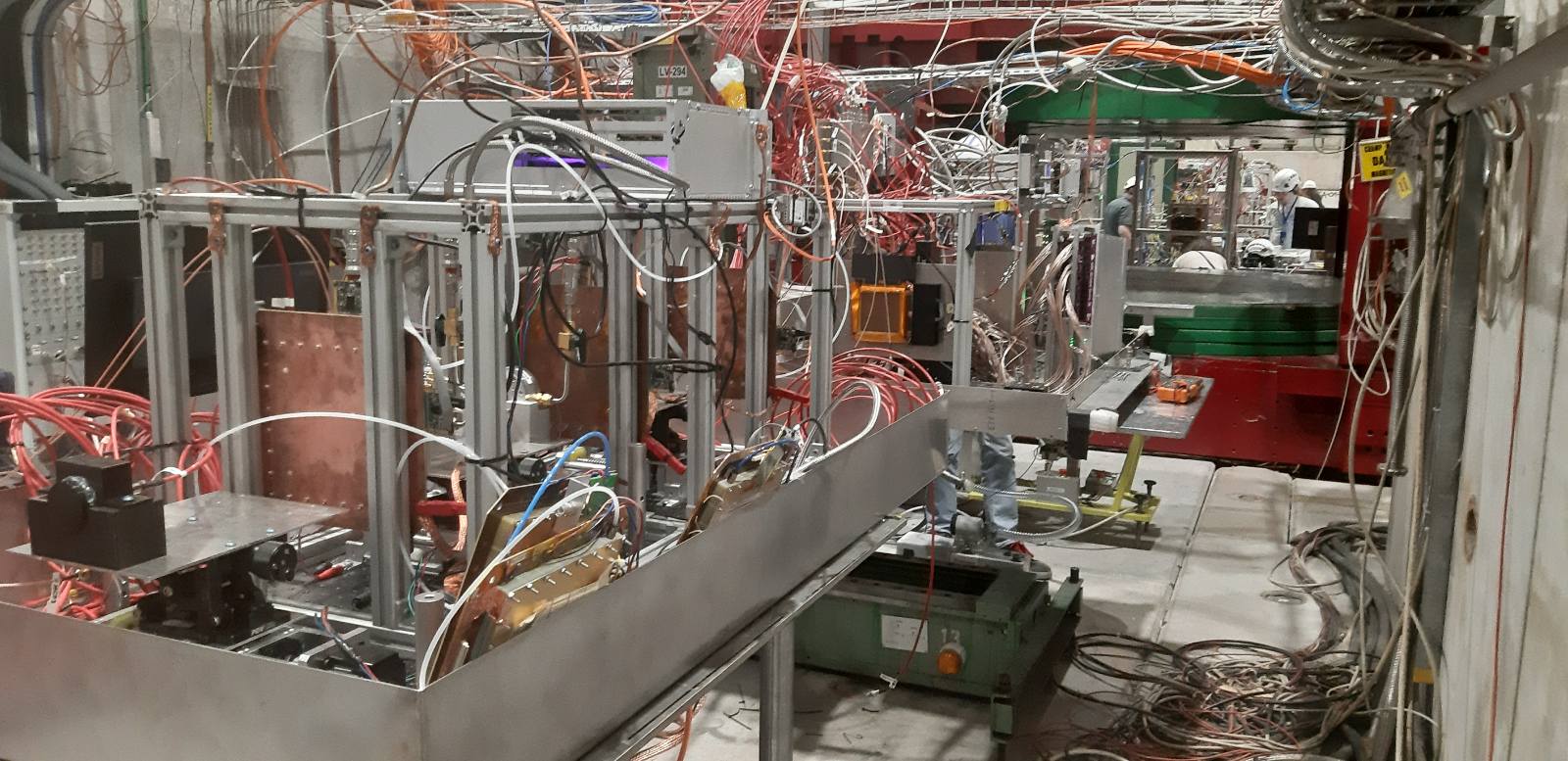
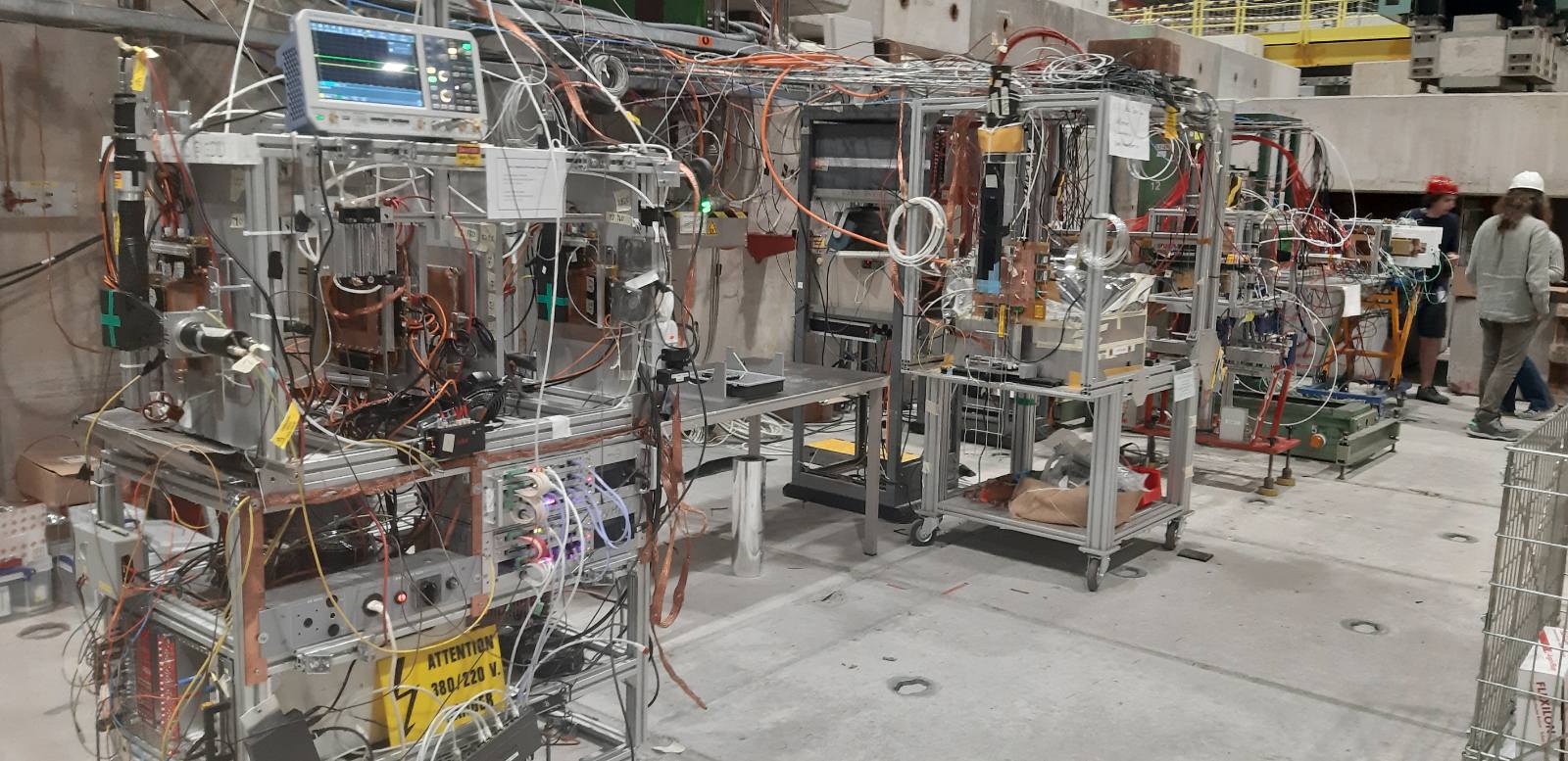
There are problems with one TAX (Xtax.022.023) that stucks often and then we have to move it manually. May someone should look into this.
There are always problems with the telephone in the control room.
We would like to leave some equipment in the area (at some corner) for the September TB period. The same we had done in April for this TB period. This will accelerate our instalation in September.
Parallel: GIF++ (Paolo Martinengo)
taking data
Incoming Main: NP04 (Week 28) (Filippo Resnati)
Continuing the optimisation of the NP04 LAr TPC using cosmics. LAr purity, HV, and noise as per expectatinos and stable. Ready to take beam from next week.
One of the two Cherenkov detectors in front of NP04 is not properly funciontal. Expert are working on it.
H6:
Outgoing Main: ATLAS ITK PIXEL (Andre Rummler)
Batch 2 delivered good data and preliminary data analysis shows good behaviour of the new DAQ fw/sw (no desync). Set up if batch 3 took the whole weekend due to the difficult assembly including irradiated quads which require the secondary cooling circuit. Unfortunately, there were severe issues with the most interesting samples (two irradiated quads, unirradiated ItkPixV2 quad) resulting in data taking only with one quad where the program was concluded. In agreement with Laury we left the setup mounted and cold in the hope to run no-beam tests and save setup time in the next test beam period. I moved the telescope to the side keeping (almost) all connections. Installation of beam pipe for electron users went fine.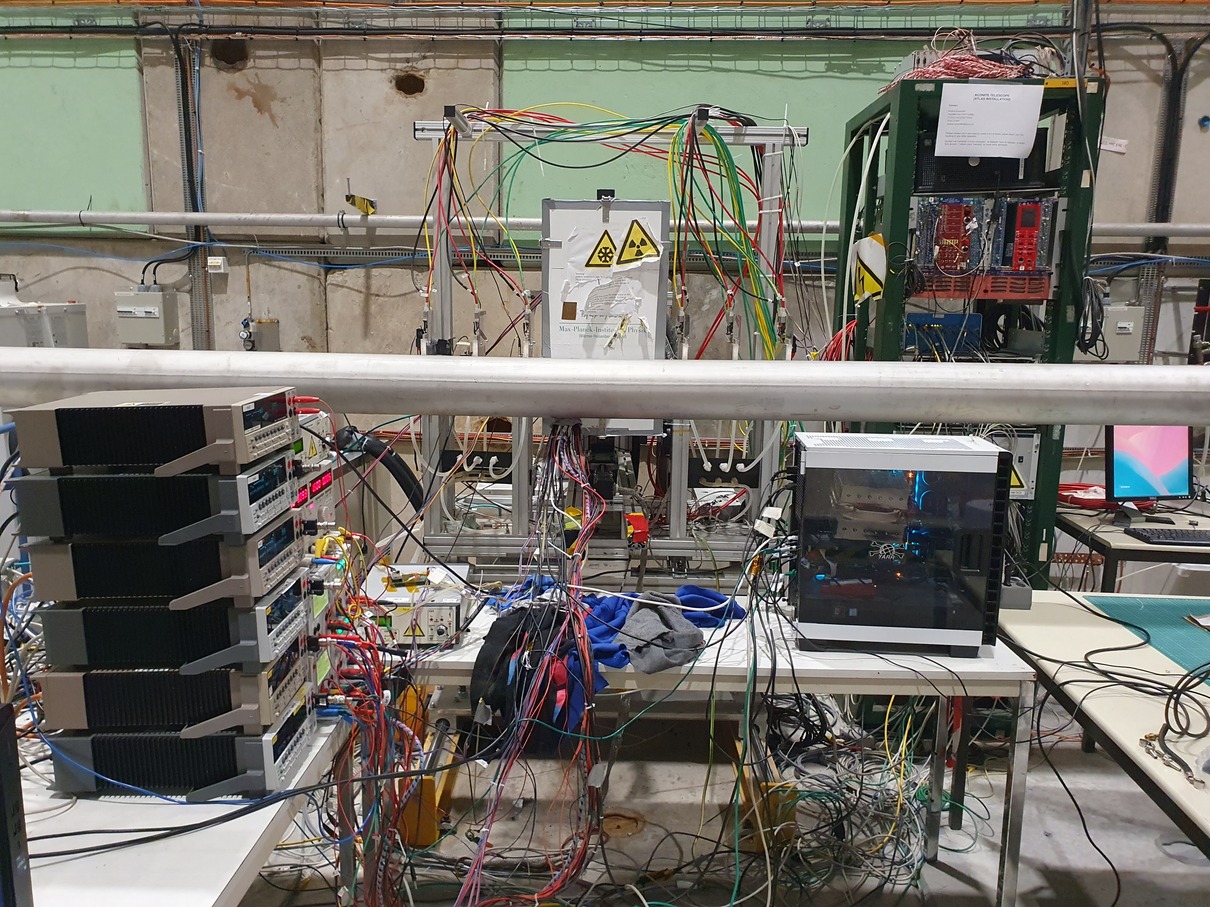
Main: POKER (Anna Marini)
The POKER prototype (POKERINO) was successfully installed and mounted on the DESY table. The safety inspection was passed on July 3rd (5 p.m.) and the beam configurations are correctly working in CESAR. We are ready to start our data taking.
Main: MUONE ECAL (Week 28) (Fred Gray)
- Two goals: checking calibration and measuring energy/position resolutions of existing electromagnetic calorimeter (5x5 array of CMS endcap PbWO4 crystals), and initial characterization of 10 PbF2 crystals that we may be able to take from Fermilab Muon g-2 experiment to build a ~1300 crystal calorimeter for full-scale experiment after LS3.
- Positron beam with kHz scale rates, energies in 10 GeV steps from 10 to 100 GeV. Momentum width of ~0.5% to characterize energy resolution well.
- Two calorimeter enclosures to be placed side-by-side on DESY Table no. 6
- Iron block (80 x 20 x 20 cm) after calorimeter followed by scintillator for muon veto (or muon trigger)
- Delay wire chamber (XDWC 488) to be moved downstream, just in front of DESY table
- Pulsed laser (450 nm, class 3B) used to monitor calibration.
- ISIEC form completed; expect to need time for installation, so safety clearance scheduled for 9:00 on Thursday 11 July.
H8:
Outgoing Parallel: UA9 and STI (Francesca Galluccio)
Thanks to the extension of the run, UA9 and STI managed to finish their program and recover the delay accumulated due to the poor beam of the first week.
Working in parallel with PAN went pretty fine and smooth.
Many thanks !! to Maarten for proposing a beam set up that was convenient for both experiments.
Thanks go also to M. Lazzaroni and his team who was always ready to provide the extra devices we could need.
From the beam point of view, on Monday we observed a weird beam shape. It was rapidly tracked to the quadrupole XBH8.QUAD.042.033 in the H8 beam line that would not start properly. Maarten is waiting for this to happen again to have it checked.
Outgoing Main: PAN (J. Hulsman - commuting, connecting via telephone)
Beam Operation: Very good beam run. Great amount of statistics and good enough beam stability. Sometimes one of the magnets tripped and caused the beam to divert away from the sensor (only 2 times). As a result, an overnight run was lost but otherwise no issues.
Beam configuration: 180 GeV (~80% protons, ~20% pions, etc. )
Setup: Due to beam stability and intensity I was able to finish my beam run Tuesday night and could disassemble earlier. Two measurment goals were achieved.
Minor Note: Telephone in control room (for PPE158) not working.
Main: FASER NU (Akitaka Ariga)
Emulsion detector momentum calibration.
-
Detector setup finished
-
Beam tuning done by Maarten. Wishes: 50, 100, 200, 300 GeV muons and hadrons, 10 cm x 10 cm.
– Hope Johannes to perform uncomplete beam tuning for 50, 100 GeV/c muons today. -
Testing detectors
-
Will start exposing emulsion detector soon after beam tuning.
Parasitic Users
H4: MINICACTUS (Please Put Your Name Here)
H6: ATLAS MALTA (Please Put Your Name Here)
H4: STRAW TRACKER RD (Please Put Your Name Here)
H6 Outgoing: CMS MTD ETL (Federico Siviero)
- Good beam for most of the week, we acquired many data, using the AIDA telescope
- Achieved 3 out of 4 goals, more than we expected
- Tested 8 protoype, three 16x16 LGADs. Analysis started, results look good
AoB
Minutes by the respective speakers, edited by E. B. Holzer, M. Jäkel, T. Shulha, and M. Schwinzerl
